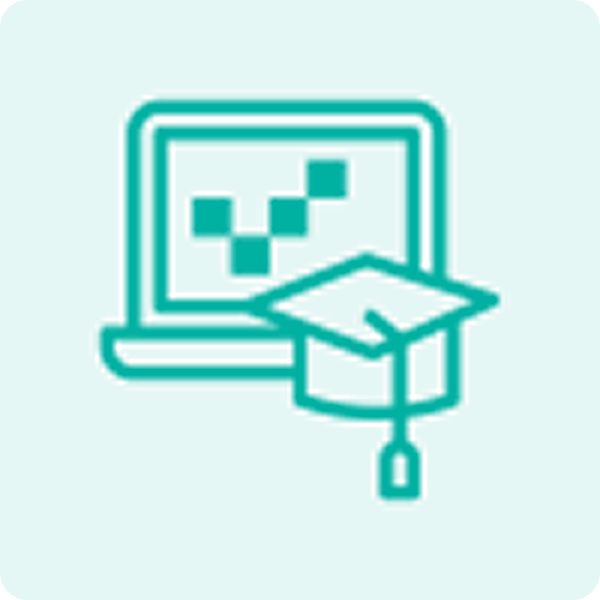Ethical Hacking course on Web Application Security - SPECTRO
Thousands of data breaches are reported yearly and are expected to increase as organisations grow their online presence. A web application (e.g., a website or CMS) is the easiest way to establish an online presence. By understanding web application vulnerabilities and how they happen, malicious attacks can be prevented to a great extent.
The course 'Ethical Hacking course on Web Application Security', taught by Tahir Mohammad (University of Turku) will cover various topics related to web security, emphasising hands-on experience. This course can be taken by students interested in exploring web security or developers who want to understand how web applications can be used to build secure web applications.
Learning outcomes
By the end of this course, you will be better equipped to recognise potential vulnerabilities and implement effective security measures to create a safer online experience for yourself and others.
The goal of this course was to help participants:
- Demonstrate understanding of information gathering, testing, and ethical web application hacking.
- Gain an understanding of common security issues.
- Identify vulnerabilities and implement appropriate preventive measures.
Course outline
The course begins with a basic introduction to ethical hacking and what we should know before we start our first step towards analyzing any application for vulnerabilities. This will be covered in modules 1 and 2. Module 3 covers Common security risks that attackers exploit. For this purpose, we will be using the Open Worldwide Application Security Project’s (OWASP’s) top 10 list. Module 5 will focus on how attackers gather information about the target they are trying to compromise. Modules 6 and 7 will cover how attackers take advantage of poorly designed web applications and gain an understanding of securing client-side and server-side deployment, covering topics such as cross-site scripting, Server-side request forgery, Remote code execution, and other critical security flaws identified in the OWASP Top 10. Finally, in the last module, we will cover common security issues related to API security, which are critical parts of web applications. Some of the modules listed come with hands-on exercises, and instructions will be provided on how to set up and complete those exercises in module 4.
There are 20 multiple choice questions distributed across various modules. Each question is worth 1 point. To pass, you need to achieve an overall total of 20 / 20 points (100 %) from the quizzes. You may take the quizzes as many times as necessary to reach the full score.
About SPECTRO
This course is delivered by SPECTRO. SPECTRO is a consortium consisting of 12 higher education institutions from 7 different countries, 2 innovative SMEs, and one leading research center in Information Systems and EIT Digital. SPECTRO is co-funded by the European Union’s Digital Europe Programme.


